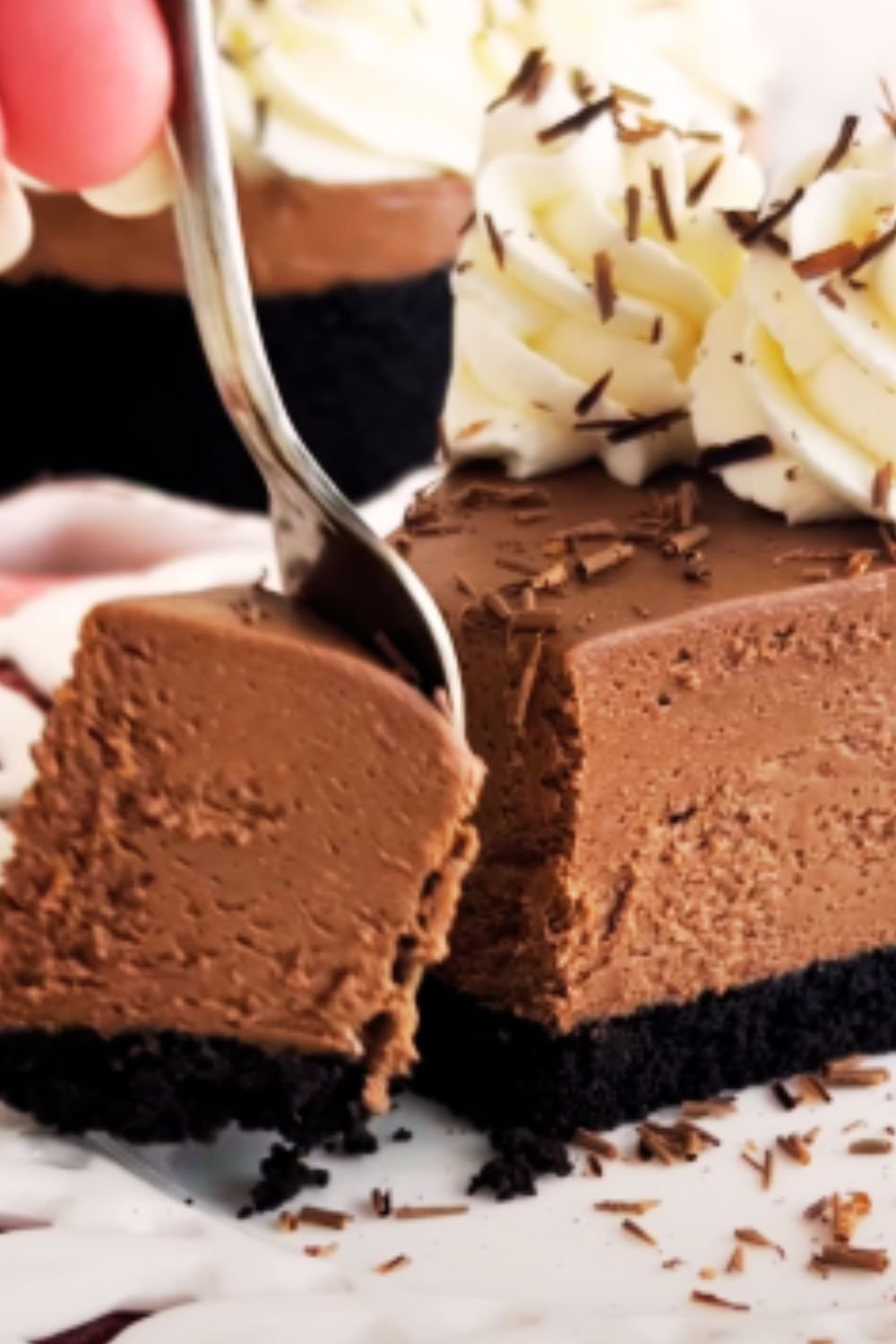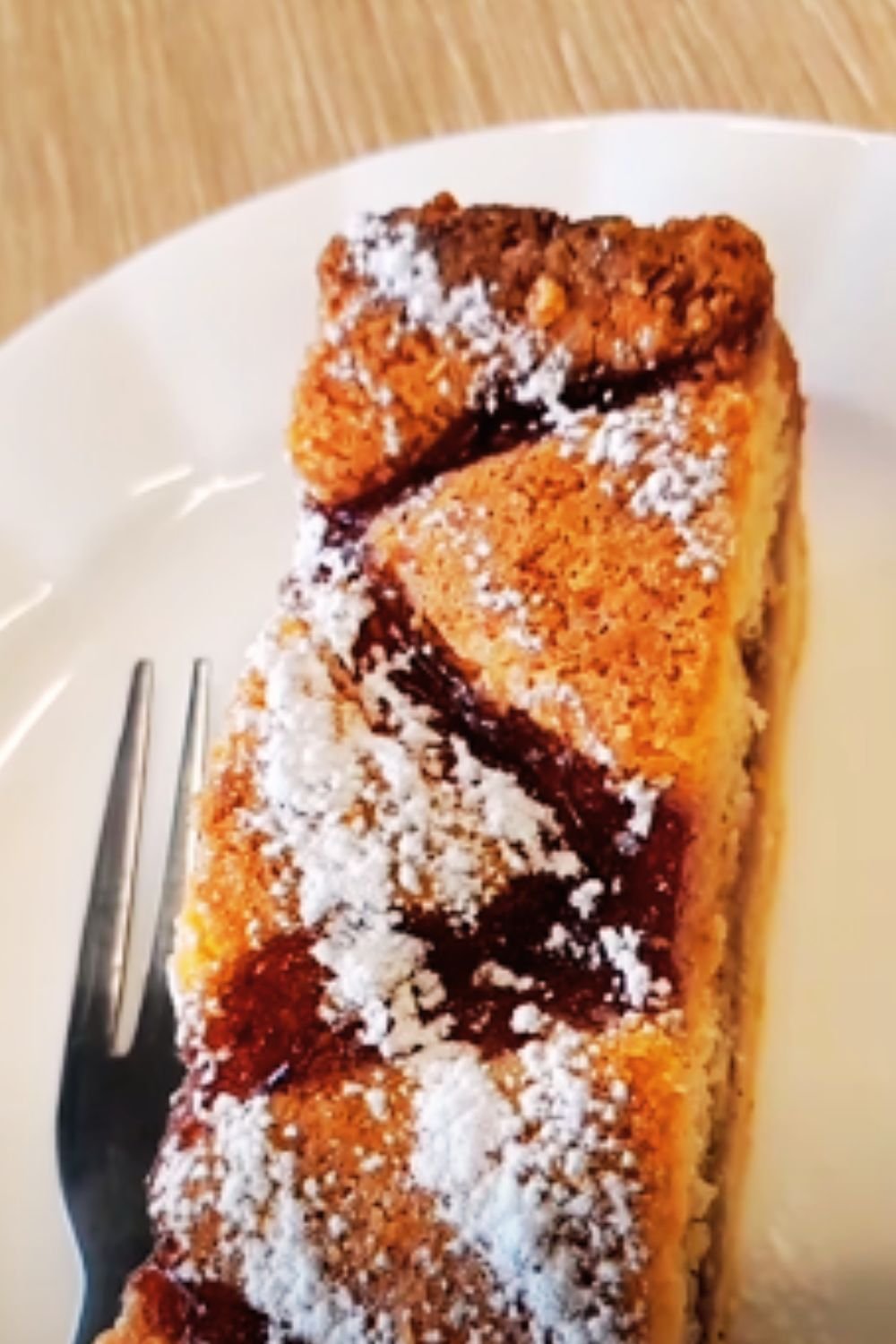There’s something absolutely magical about the moment when I pull a batch of matcha crinkle cookies from my oven. The vibrant green hue contrasting against those beautiful white powdered sugar cracks creates a visual masterpiece that never fails to impress. These Japanese-inspired treats have become my go-to recipe when I want to combine the earthy sophistication of matcha with the comforting familiarity of a classic American cookie.
I discovered my passion for matcha crinkle cookies during a particularly challenging baking experiment three years ago. After countless attempts to perfect traditional chocolate crinkles, I decided to venture into uncharted territory by incorporating ceremonial-grade matcha powder. The result exceeded every expectation I had, creating cookies that were simultaneously familiar and exotic, comforting yet refined.
The beauty of matcha crinkle cookies lies in their perfect balance of flavors and textures. Each bite delivers a gentle bitterness from the matcha, complemented by sweetness that doesn’t overpower the tea’s natural complexity. The exterior provides a delightful contrast – crispy and slightly chewy, while the interior remains soft and tender. These characteristics make them incredibly versatile, suitable for afternoon tea parties, holiday gatherings, or simple everyday indulgences.
Understanding Matcha: The Heart of These Cookies
Matcha powder: Finely ground green tea leaves that have been shade-grown for several weeks before harvest, resulting in increased chlorophyll content and amino acid levels.
Ceremonial grade matcha: The highest quality matcha powder, characterized by vibrant green color, smooth texture, and complex flavor profile without bitterness.
Culinary grade matcha: A more affordable option suitable for baking, with slightly more robust flavor that stands up well to other ingredients.
Umami: The fifth taste sensation present in matcha, contributing to its distinctive savory-sweet complexity.
The quality of matcha you choose will significantly impact your cookies’ final flavor and appearance. I’ve experimented with various grades, and while ceremonial grade produces the most stunning visual results, culinary grade matcha often provides better value for baking applications. The key lies in understanding that matcha’s flavor intensifies during baking, so starting with a high-quality powder ensures your cookies won’t taste bitter or chalky.
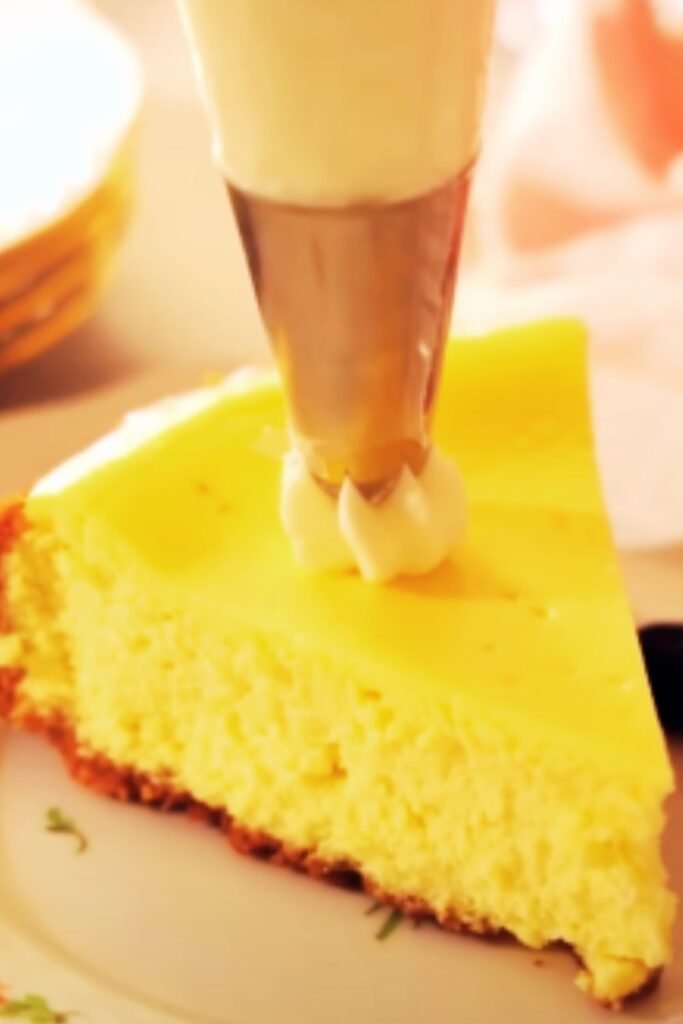
Essential Ingredients Breakdown
| Ingredient | Quantity | Purpose | Substitution Options |
|---|---|---|---|
| All-purpose flour | 2 cups | Structure foundation | Cake flour (reduces by 2 tbsp) |
| Matcha powder | 3 tablespoons | Primary flavor & color | Green tea powder (not recommended) |
| Baking powder | 1 teaspoon | Leavening agent | Baking soda (½ teaspoon) |
| Salt | ½ teaspoon | Flavor enhancement | Sea salt, kosher salt |
| Unsalted butter | ½ cup (softened) | Fat content & texture | Coconut oil (solid state) |
| Granulated sugar | ¾ cup | Sweetness & structure | Caster sugar |
| Brown sugar | ¼ cup (packed) | Moisture & chewiness | Coconut sugar |
| Large egg | 1 | Binding agent | Flax egg (vegan option) |
| Vanilla extract | 1 teaspoon | Flavor complement | Almond extract (½ teaspoon) |
| Powdered sugar | 1 cup | Coating & visual appeal | Cannot substitute |
The ingredient ratios in this recipe have been carefully calibrated through numerous testing sessions. I’ve learned that matcha can be temperamental – too little and the flavor gets lost, too much and the cookies become overwhelmingly bitter. The three-tablespoon measurement provides the perfect balance, creating cookies with pronounced matcha character while maintaining palatability for those new to green tea flavors.
Step-by-Step Preparation Method
Preparation Phase
I always begin by organizing my workspace and measuring ingredients precisely. Baking successful matcha crinkle cookies requires attention to detail, particularly regarding temperature and timing. Here’s my proven approach:
Initial Setup Steps:
- Preheat oven to 350°F (175°C)
- Line two baking sheets with parchment paper
- Measure all ingredients using digital scale for accuracy
- Allow butter and egg to reach room temperature (approximately 30 minutes)
- Sift matcha powder to eliminate clumps
Creating the Dough
The dough formation process is where magic happens. I’ve refined this technique through countless batches, learning that proper mixing order prevents common issues like tough cookies or uneven matcha distribution.
Dry Ingredient Combination: In a medium bowl, I whisk together flour, matcha powder, baking powder, and salt. This step is crucial because it ensures even matcha distribution throughout the dough. I’ve made the mistake of adding matcha powder directly to wet ingredients, resulting in streaky, unevenly colored cookies.
Creaming Process: Using my stand mixer with paddle attachment, I cream softened butter with both granulated and brown sugars for approximately three minutes. The mixture should become light and fluffy, with a pale green tint from the matcha that will be added later. Proper creaming incorporates air, contributing to the cookies’ tender texture.
Incorporation Sequence: I add the egg and vanilla extract, mixing until just combined. Overbeating at this stage can develop gluten, creating tough cookies. Next comes the gradual addition of dry ingredients, mixing on low speed until dough just comes together. The finished dough should be soft, slightly sticky, and uniformly green.
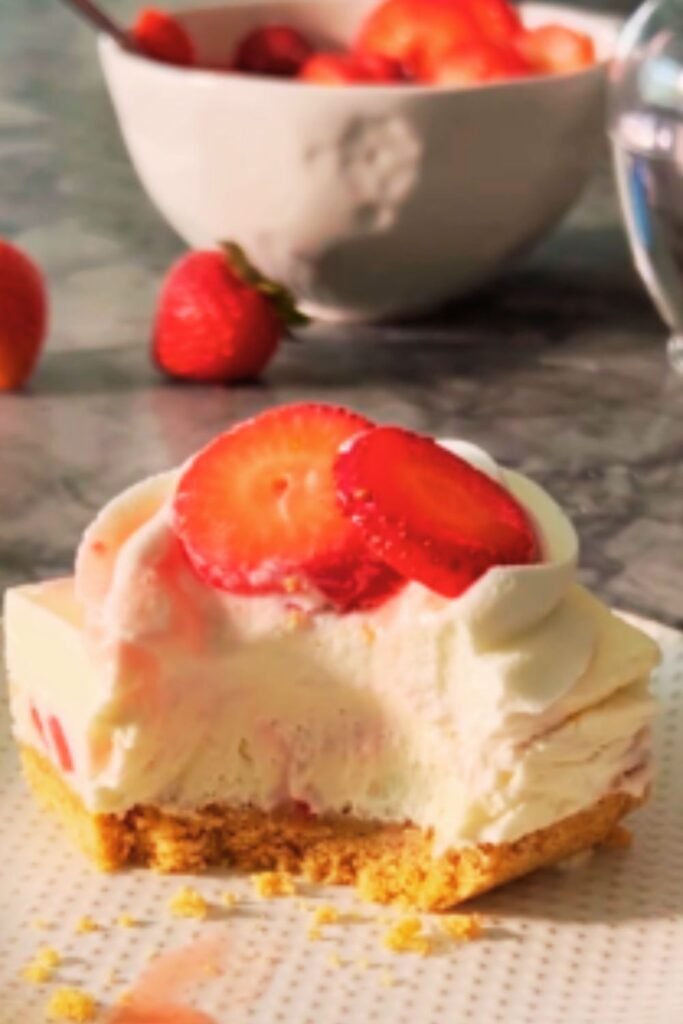
Shaping and Coating Technique
The signature crinkled appearance requires specific shaping and coating methods. I’ve experimented with various approaches, discovering that consistent portion sizes and proper coating techniques are essential for uniform results.
Portion Control: Using a cookie scoop or tablespoon, I portion dough into 1.5-inch balls. Consistent sizing ensures even baking and professional appearance. I’ve learned that slightly larger portions work better than smaller ones, as they maintain moisture while developing proper cracks.
Coating Process: Each dough ball gets rolled in powdered sugar using a deep bowl and gentle rotating motion. The coating should be generous but not excessive – approximately ¼ inch thick coverage provides optimal crack formation. I apply coating immediately before baking to prevent absorption into the dough.
Baking Methodology
Oven Positioning: I place baking sheets on the middle rack, ensuring adequate air circulation around each sheet. Rotating sheets halfway through baking promotes even browning and crack development.
Timing and Visual Cues: Baking time ranges from 10-12 minutes, depending on oven calibration and desired texture. I look for specific visual indicators: edges should be set but centers should appear slightly underbaked. The powdered sugar coating will crack beautifully during the final minutes of baking.
Cooling Protocol: Cookies remain on baking sheets for five minutes before transferring to wire racks. This brief resting period allows structure to set while preventing breakage during transfer.
Nutritional Analysis and Dietary Considerations
| Nutrient | Per Cookie (24 cookies) | Daily Value % |
|---|---|---|
| Calories | 145 | 7% |
| Total Fat | 4.2g | 6% |
| Saturated Fat | 2.6g | 13% |
| Cholesterol | 18mg | 6% |
| Sodium | 95mg | 4% |
| Total Carbohydrates | 26g | 9% |
| Dietary Fiber | 0.8g | 3% |
| Sugars | 18g | – |
| Protein | 2.1g | 4% |
| Antioxidants (EGCG) | 15mg | – |
| Caffeine | 12mg | – |
Matcha contributes unique nutritional benefits beyond traditional cookie ingredients. The antioxidant content, particularly epigallocatechin gallate (EGCG), provides anti-inflammatory properties. However, I always remind people that these remain treats best enjoyed in moderation as part of a balanced diet.
Dietary Modifications:
Gluten-Free Version: Substitute all-purpose flour with gluten-free flour blend (cup-for-cup replacement). I recommend adding ¼ teaspoon xanthan gum if your blend doesn’t include it.
Vegan Adaptation: Replace butter with vegan butter alternative and egg with flax egg (1 tablespoon ground flaxseed mixed with 3 tablespoons water, rested for 5 minutes).
Reduced Sugar Option: Decrease granulated sugar to ½ cup and add 2 tablespoons unsweetened applesauce for moisture compensation.
Storage and Serving Recommendations
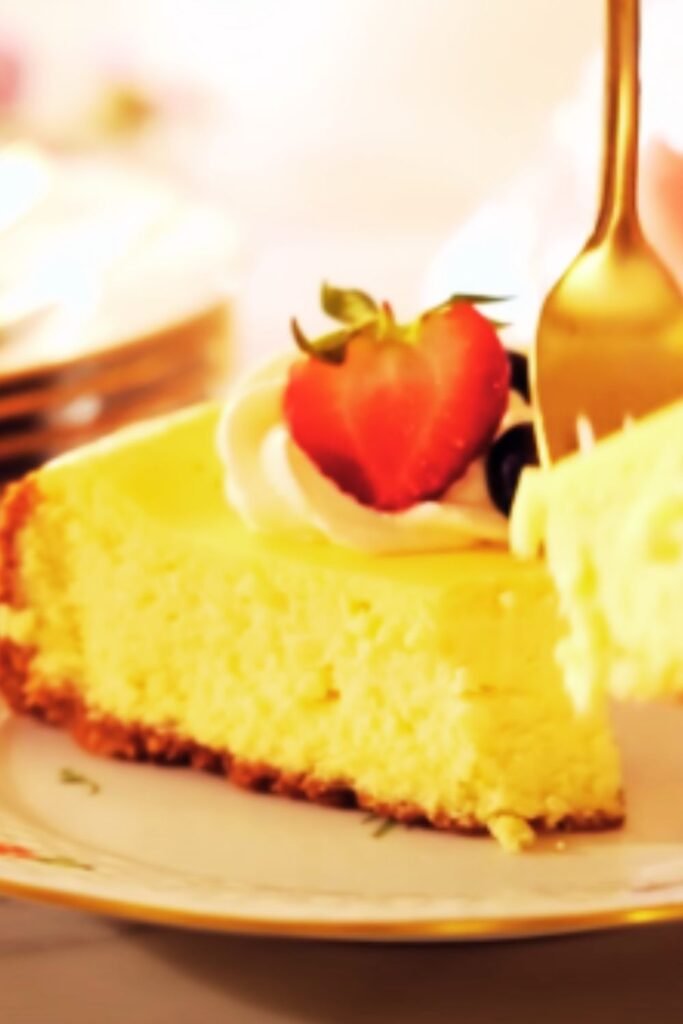
Optimal Storage Conditions: I store cooled cookies in airtight containers at room temperature for up to one week. Layer separation using parchment paper prevents sticking and maintains coating integrity. For longer storage, cookies freeze beautifully for up to three months when properly wrapped.
Serving Suggestions: These cookies pair wonderfully with various complementary flavors and occasions:
- Afternoon tea service: Arrange alongside traditional shortbread and scones
- Japanese-inspired dessert platters: Combine with mochi ice cream and dorayaki
- Coffee shop presentations: Serve with matcha lattes or vanilla-flavored coffee drinks
- Holiday gift packaging: Layer in decorative tins with tissue paper separation
- Casual entertaining: Present on simple white platters to highlight the green coloring
Flavor Pairing Opportunities: The earthy complexity of matcha complements numerous flavors. I’ve successfully created variations incorporating white chocolate chips, chopped crystallized ginger, or toasted sesame seeds. Vanilla ice cream provides excellent contrast for warm cookie desserts, while fresh strawberries offer bright acidity that balances matcha’s earthiness.
Troubleshooting Common Issues
Through years of perfecting this recipe, I’ve encountered and solved numerous challenges that home bakers frequently face:
Problem: Cookies spread too much during baking Solution: Chill dough for 30 minutes before shaping, ensure butter wasn’t too warm, check oven temperature accuracy.
Problem: Insufficient crack formation Solution: Increase powdered sugar coating thickness, avoid overbaking, ensure proper dough consistency.
Problem: Bitter or chalky flavor Solution: Reduce matcha quantity slightly, sift matcha powder thoroughly, check powder freshness date.
Problem: Uneven green coloring Solution: Sift matcha with flour, mix dry ingredients thoroughly before adding to wet ingredients.
Problem: Cookies too hard or crispy Solution: Reduce baking time, check oven temperature, ensure proper cooling method.
Advanced Techniques and Variations
Double-Coating Method: For extra dramatic visual impact, I sometimes employ a double-coating technique. After initial powdered sugar coating, I lightly brush cookies with water and apply a second coating layer. This creates deeper cracks and more pronounced contrast.
Flavor Infusion Variations: Matcha-White Chocolate: Incorporate ½ cup white chocolate chips into dough Matcha-Sesame: Add 2 tablespoons toasted sesame seeds and ½ teaspoon sesame oil Matcha-Coconut: Include ⅓ cup unsweetened shredded coconut and coconut extract
Size Modifications: Mini versions make excellent party treats – reduce baking time to 8-9 minutes and create ¾-inch portions. Conversely, jumbo cookies require 14-16 minutes baking time with 2.5-inch portions.
Questions and Answers
Q: What’s the difference between matcha powder grades, and does it matter for cookies?
The primary differences lie in color vibrancy, flavor complexity, and price point. Ceremonial grade offers the most beautiful appearance but culinary grade works perfectly for baking applications. I’ve tested both extensively and find that culinary grade provides excellent results at a more reasonable cost for home baking.
Q: Can I make the dough ahead of time and bake later?
Absolutely! I often prepare dough up to two days in advance, storing it covered in the refrigerator. The chilled dough actually handles better during shaping and often produces more defined cracks. Allow dough to sit at room temperature for 10-15 minutes before shaping if it becomes too firm.
Q: Why do my cookies sometimes turn out more brown than green?
Overbaking is the most common culprit, as extended heat exposure can dull matcha’s vibrant color. Additionally, using older matcha powder that has lost its potency can result in brownish cookies. I recommend removing cookies when they’re just barely set to preserve color and texture.
Q: How can I make these cookies less sweet without compromising texture?
Reduce granulated sugar to ½ cup and add an extra tablespoon of matcha powder to intensify the tea flavor. The slight increase in matcha provides complexity that balances the reduced sweetness. Alternatively, substitute 2 tablespoons of sugar with unsweetened applesauce.
Q: What’s the best way to achieve consistent cookie sizes?
I swear by using a cookie scoop – it ensures uniform portions every time. A 1.5-tablespoon scoop produces perfectly sized cookies. If you don’t have a scoop, portioning dough into measured tablespoon amounts works well, though it requires more time and attention.
Q: Can I use matcha tea bags instead of powder?
Unfortunately, tea bags won’t work for this recipe. The contents are typically lower grade tea with different particle sizes that won’t integrate properly into cookie dough. The flavor would also be significantly weaker, and you wouldn’t achieve the characteristic green color.
Q: How do I know when the cookies are properly baked?
Look for edges that are set but centers that still appear slightly soft and underbaked. The cookies will continue cooking from residual heat while cooling on the baking sheet. Perfectly baked matcha crinkle cookies should have a tender, chewy texture rather than crispy throughout.
Q: What causes the crinkled appearance, and how can I enhance it?
The cracking occurs when the cookie dough expands during baking while the powdered sugar coating remains relatively stable. To enhance cracking, ensure generous coating coverage, avoid overbaking, and maintain proper oven temperature. Some bakers lightly mist cookies with water before the final coating application.
Creating perfect matcha crinkle cookies has become one of my most rewarding baking adventures. Each batch brings the satisfaction of combining traditional American cookie techniques with sophisticated Japanese flavors. The process requires patience and attention to detail, but the results consistently deliver both visual appeal and exceptional taste. Whether you’re new to matcha or a longtime enthusiast, these cookies offer an accessible way to explore green tea’s culinary possibilities while creating treats that never fail to impress guests and family members alike.
